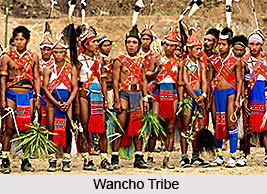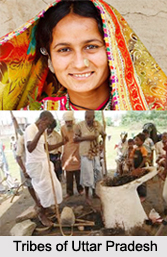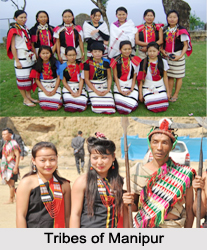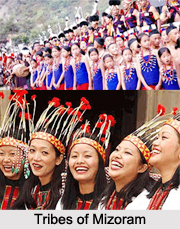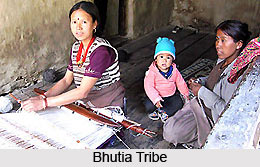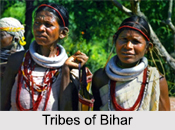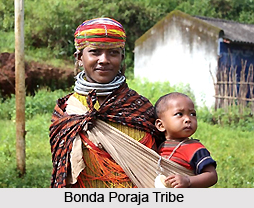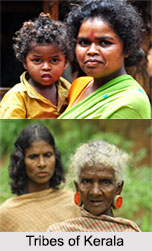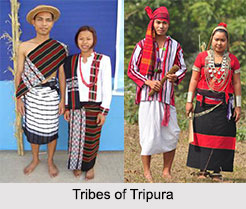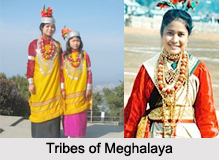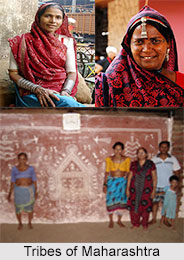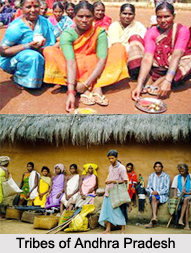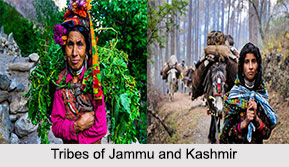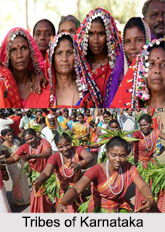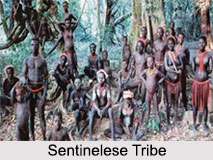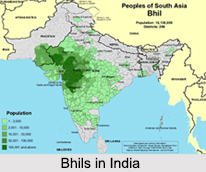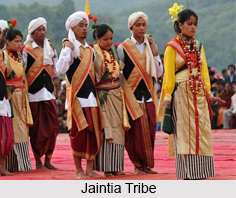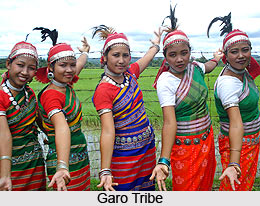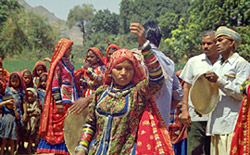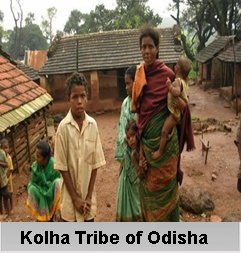 Kolha Tribe
Kolha Tribe
The Kolha tribes of Odisha state, primarily found in the Keonjhar district, have a rich and distinctive cultural heritage. Residing in the Bhuyan hills and neighboring regions such as Nayagarh and Chamakpur, the Kolha tribes have their own tribal dialect and maintain their unique customs and traditions. This article discusses in details about the origin, history, culture, and society of the Kolha tribe, shedding light on their present situation and settlements across India.
Origin and Migration of Kolha Tribes
The Kolha tribes, also known as Kol, Kol-Loharas, and Ho, belong to the same ancestral stock as the Munda and Mundari tribes. Historical evidence suggests that the Kolha tribe migrated from Jharkhand and still maintain marriage ties with their counterparts in that region. They have gradually spread outward, settling in various areas of Odisha, including Mayurbhanj, Keonjhar, and Balasore.
Culture of Kolha Tribe
The Kolha tribe`s culture is rich in artistic expression, with their homes adorned with paintings of animals and plants. Music and dance play a significant role in their festivities, with women taking the lead in dancing while men play drums and sing. Their vibrant cultural traditions are an integral part of their social fabric.
Languages Spoken by Kolha Tribes
The Kolha tribes converse with each other in various languages, including Hindi and Oriya. However, they have also developed their own tribal dialect, which is predominantly used within their community.
Occupation and Lifestyle of Kolha Tribe
The primary occupation of the Kolha tribe is paddy cultivation. They rely on agricultural activities to sustain their livelihoods. Additionally, they engage in wage labor, working as field laborers for affluent farmers known as `mulias.` It is common for them to receive advance payment from their employers, who are referred to as `sahas.`
Traditional Practices among Kolha Tribes
The Kolha tribes hold a deep spiritual and religious orientation. They observe the customs and rituals of Hinduism, and specific elements of their environment hold great reverence for them. The `Sajana` tree, mustard oil, paddy, and dogs are considered sacred in their culture. Furthermore, they have their own tribal deities, such as Sing Bonga, Nagea Bonga, Marang Bonga, Basgea Bonga, Borum Bonga, and Sendra Bonga, whom they propitiate through the traditional priest known as Dehuri.
Society of the Kolha Tribe
Kolha settlements are typically uniclan and homogenous, with families predominantly following a nuclear, patrilocal, and patrilineal structure. While monogamy is the prevalent form of marriage, polygyny exists in some cases. Marriage through negotiation, known as `Andi,` is considered prestigious. The payment of a bride price, known as `Gonam,` is customary and can be made in cash or kind, often in the form of cows and goats. Cross cousin marriage, junior levirate, junior sororate, and remarriage of widows and widowers are permitted. Other forms of marriage include capture (`oportipi`), mutual consent (`Raji Khusi`), and intrusion (`Anadar`). Birth is observed for a period of seven days, and burial is the traditional practice for the deceased.
Present Settlements of Kolha Tribe
The Kolha tribe continues to exist and thrive in various settlements across India. While they are primarily concentrated in the Keonjhar district of Odisha, they also have a presence in Mayurbhanj and Balesore. Despite the challenges faced by many tribal communities in terms of education and academic proficiency, the Kolha tribe has preserved its cultural heritage and traditions. However, it is important to note that the present situation of the Kolha tribe is influenced by various factors, including modernization, socio-economic changes, and the impact of development projects in their regions.
As India progresses towards industrialization and urbanization, the Kolha tribe faces both opportunities and challenges. On one hand, modern education and improved infrastructure provide them with better access to resources and services. On the other hand, these changes can disrupt their traditional way of life and pose a threat to their cultural identity.
Efforts have been made by the government and non-governmental organizations to uplift the Kolha tribe and address their specific needs. Initiatives include promoting education among tribal children, providing healthcare facilities, and implementing programs for skill development and income generation. These efforts aim to strike a balance between preserving their cultural heritage and empowering them to participate in the changing socio-economic landscape.
Despite the progress, it is essential to ensure that development interventions are inclusive of the challenges faced by tribal communities like the Kolha tribe. Preserving their language, customs, and traditional knowledge should be prioritized, as these aspects are integral to their identity and sense of belonging.
